Spectacular find in the Antarctic: Researchers discover the wreck of Shackleton's "Endurance"
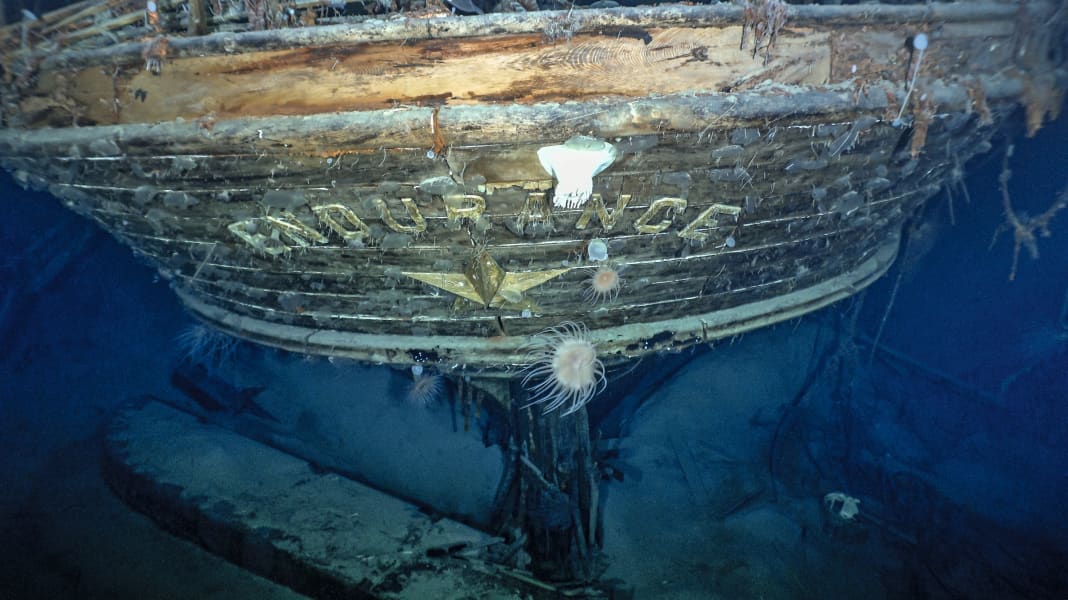
An international team of researchers has achieved what was considered almost impossible: the expedition ship "Endurance" of British explorer and adventurer Sir Ernest Shackleton has been found and filmed. It lies at a depth of 3,000 metres at the bottom of the Weddell Sea to the east of the Antarctic Peninsula.
Shackleton and his crew set off on the "Endurance" in 1914 to become the first people to cross the Antarctic. However, the ship was trapped by pack ice in the Weddell Sea. The expedition ship proved its "endurance": within 281 days, it drifted 570 miles north-westwards in the ice before the hull could no longer withstand the pressure. The "Endurance" sprung a leak. After long, anxious months in temporary camps on drifting ice floes, the crew finally had to abandon the ship in October 1915.
In an almost superhuman endeavour, the 28 men fought their way through the eternal ice: they reached the inhospitable, uninhabited Elephant Island in lifeboats. From there, Shackleton and five of his men travelled 800 nautical miles in an open boat to South Georgia. The expedition leader travelled on foot across the mountainous island to a whaling station. From there, Shackleton finally managed to rescue the men waiting on Elephant Island and bring them home without loss. The spectacular rescue made Shackleton a British national hero.
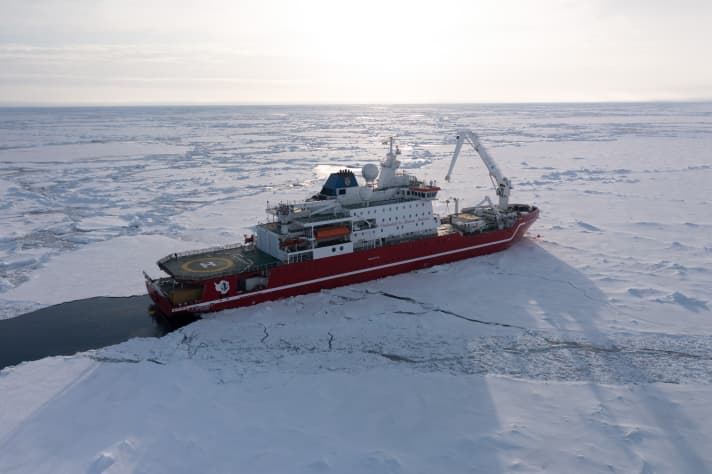
The "Endurance" sank in the Weddell Sea at a depth of thousands of metres and was thought to have been lost ever since - for more than 100 years. Now, as part of the "Endurance22" expedition, an international team of researchers has succeeded in tracking down and filming the wreck. "This is by far the most beautiful wooden shipwreck I have ever seen. It stands upright, protrudes far above the seabed, it is intact and in an excellent state of preservation. You can even see the lettering 'Endurance' across the stern, just below the railing. This is a milestone in polar history," the Falklands Maritime Heritage Trust quotes the expedition leader Mensun Bound.
This was made possible by the cooperation of the experts on board the state-of-the-art South African icebreaker "S.A. Agulhas II", which had been on the trail of the shipwreck in the Antarctic since 5 February. The search was based on very detailed diary entries by the captain of the "Endurance", Frank Worsley.
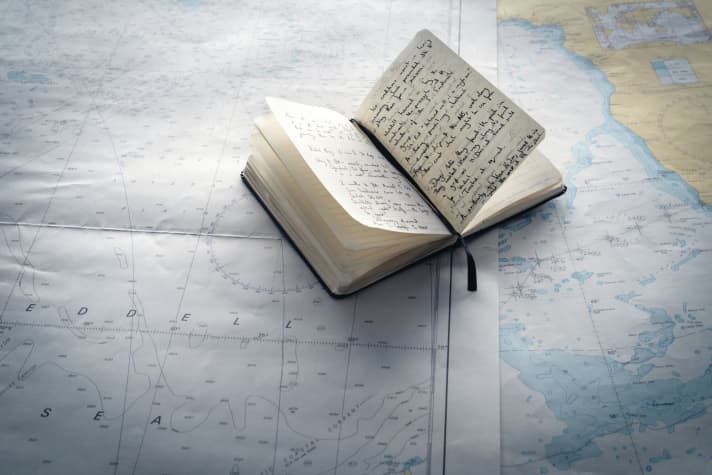
Researchers from Germany were also involved in the search. Lasse Rabenstein from the Bremen-based company Drift&Noise, which supports navigation in the ice with high-resolution satellite images, was the scientific leader of the team on board. A sea ice specialist from the Alfred Wegener Institute and the German Aerospace Centre (DLR) helped to forecast the strength and drift direction of the ice in order to find a safe route through the dangerous and constantly changing waters. Using hybrid autonomous underwater vehicles, the research team searched the seabed in a grid pattern and found the Endurance only about four miles south of the position last recorded by Worsley in his diaries.
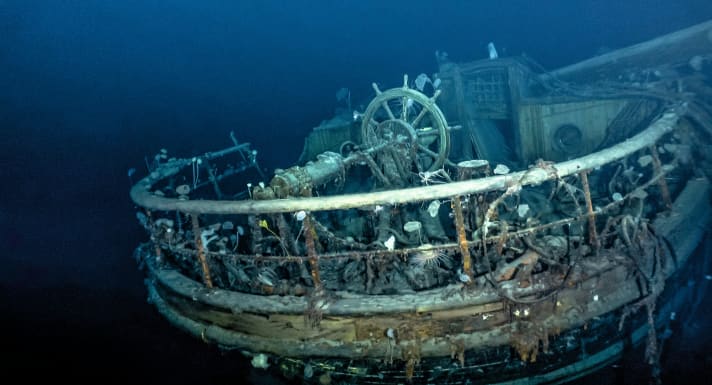
Shackleton wrote down the whole story of the expedition in his book "South". It is available online for free here.
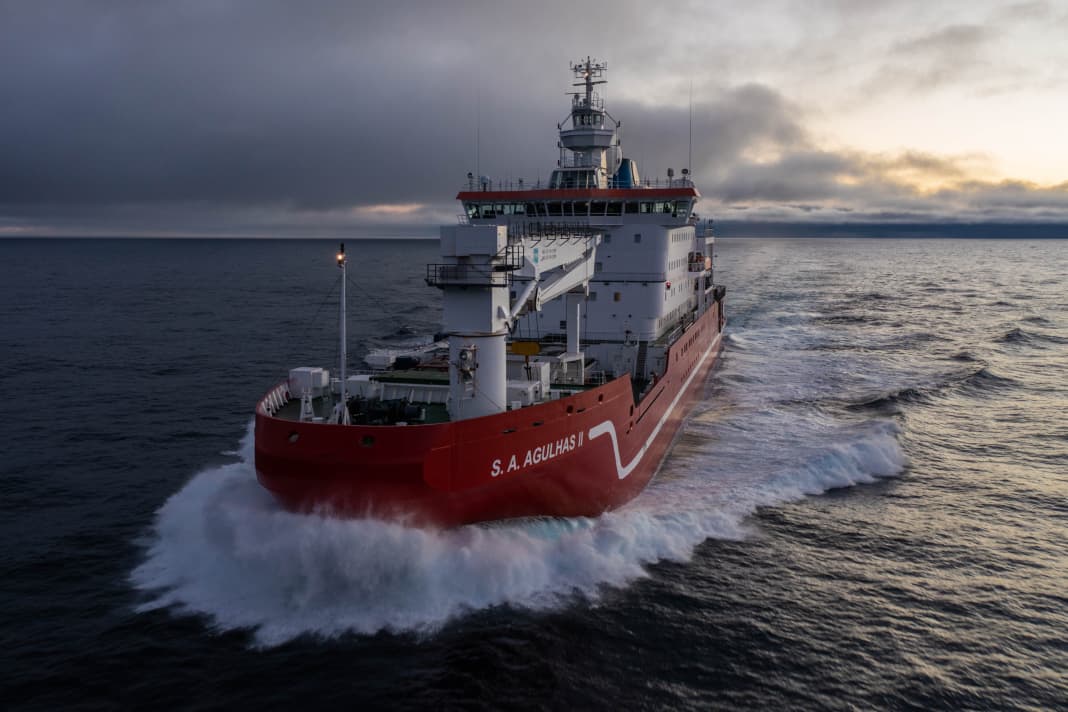





Diving in icy depths. The wreck of the "Endurance" lies at the bottom of the Weddell Sea
